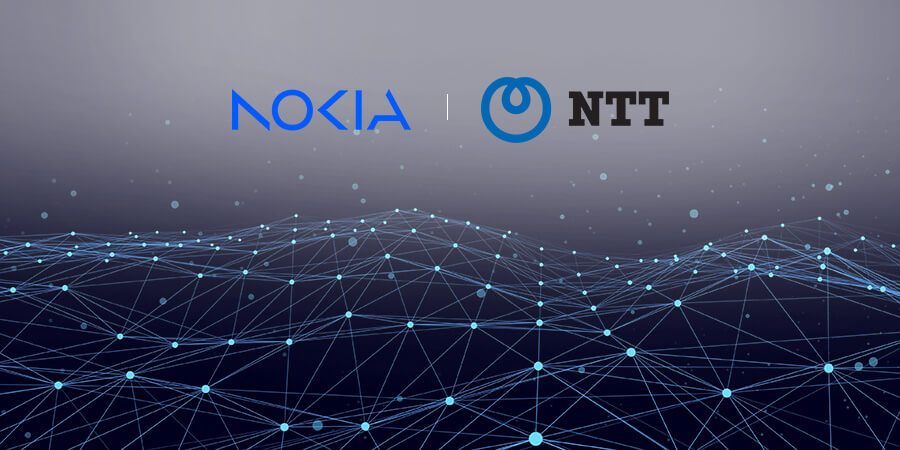Nokia and NTT Corporation have completed a joint proof of concept (PoC) by employing Nokia's mobile fronthaul solution on an All-Photonic Network (APN). This aligns seamlessly with the objectives of the Innovative Optical and Wireless Network (IOWN) Global Forum.
The PoC addresses the growing demand for high-speed connections, which is being driven by the virtualization and cloudification of key mobile core components in 5G and upcoming 6G mobile communications networks. This means that as more critical functions of mobile networks become virtualized and integrated into cloud-based systems, there is a heightened demand for faster and more efficient connectivity to support the advanced capabilities and services enabled by these technologies.
Advancing Capabilities
As an IOWN participant, Nokia aims to provide advanced capabilities such as low-power consumption, ultra-wide bandwidth, large-scale simulations, and ultra-realistic UI/UX for future services using cutting-edge solutions such as next-generation photonics-based technologies. To address various social issues and create a smarter world by 2030, IOWN technology will aim to reduce power consumption by 100x, increase transmission capacity by 125x, and reduce end-to-end latency by 200x, when compared to traditional networks.
The laboratory tests employed Nokia's high-performance optical solution, utilizing the 1830 Time-sensitive Packet Switch (TPS) optimized for mobile xHaul applications, and the 1830 Photonic Service Switch (PSS) designed for WDM optical transport. The PoC showcased the dynamic allocation of Radio Access Network (RAN) resources to 5G radios through optical routing. This enables improved responsiveness to fluctuating traffic demands, while simultaneously ensuring optimal energy consumption. This stands in contrast to traditional fronthaul solutions, which rely on fixed and less efficient links. The test results met critical requirements for latency, synchronization, and mobile functionality in 5G networks.
The Need for High-Speed, Low-Latency Connections
James Watt, Vice President and General Manager, Optical Networks Division at Nokia, said, “Nokia is proud to contribute to the IOWN GF and we are looking forward to our continued journey with NTT and other IOWN GF members. As an innovative and trusted global optical leader, Nokia is deeply aware of the growing need for high-speed and low-latency connections because of the virtualization of key mobile core components. This test showcases that our high-performance optical solutions are designed to effectively address this need.”
Katsuhiko Kawazoe, Representative Member of the Board, Senior Executive Vice President (CTO/ CIO/ CDO), NTT, added, “I believe this is a significant achievement, proving the effectiveness of the IOWN Global Forum All-Photonic Network for the mobile fronthaul. The result clearly illustrates technical feasibilities for a robust and flexible commercial mobile network with low power consumption. NTT will continue to collaborate with Nokia and other IOWN Global Forum members to develop the next generation of ICT infrastructures.”





